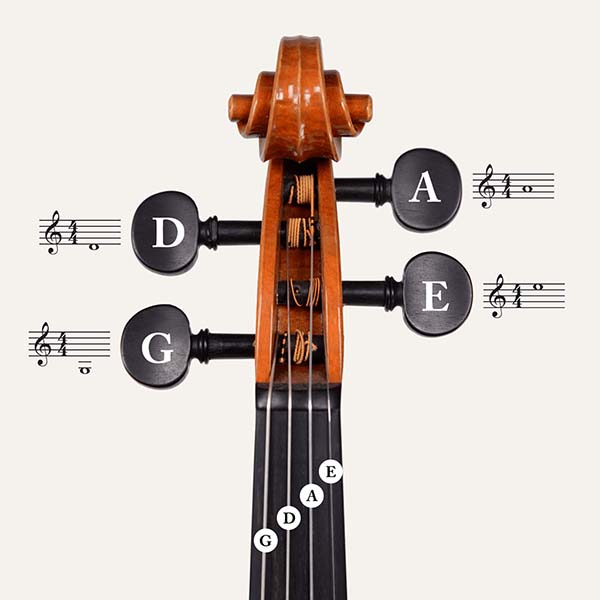Video Tutorial:
What is Musical Phrasing?
Phrasing takes sound and turns it into art. It's how we tell a story through our music. It translates into expression and character! Without it, "music" bores even the most devoted listener.
In technical terms, then, how do we accomplish phrasing? How do we communicate through the notes on a page?
It's all in the bow. Of course, vibrato is important as well. Changing of the speed and width of our vibrato gives music a different type of feel. However, most of your phrasing comes from the bow.
Where we place our crescendoes and decrescendoes, tapering on long notes, changing up articulation, using different timbres, etc..., this all contributes to phrasing.
It also is a language. In music, we associate certain sounds with anger, sadness, humor, happiness, playfulness, and more.
For centuries, musicians and composers outlined different ways of phrasing pieces. In the Baroque period, there's a whole way of bowing certain groups of notes. Classical also has these different guides. Romantic period compositions use the bow and vibrato in more dramatic and virtuosic ways, adding more emotional range to the instrument. Fiddle -- folk music -- executes bowings in various ways to create certain effects for dancing and fast passages.
We learn the rules of phrasing for all these time periods and genres -- the history, the technique, the theory, the style -- and then we decide how to interpret a piece, based on our knowledge and our own musicality - our unique musical voice.
Some tips:
- Take a piece you're working on, and create a plan. What will each note say and how will you use the bow to convey that message?
- If the piece has words, you can reflect the words in your bow. For example, in Amazing Grace, when the lyrics say, "How sweet the sound," maybe you'll want to user a sweeter softer sound. When it says, "That saved a wretch like me," it's a dramatic statement, so maybe we want to crescendo and use a more powerful tone on this phrase. It's really up to you!
- Record yourself. Sometimes we think we're applying dynamics, but we find on our recordings, it's not drastic enough for the audience to tell the difference.
- Even if you can't vibrato yet, remember phrasing is mostly in the bow. Start practicing bow speed, sounding point, and pressure. Learn to taper and articulate. These elements will help you to create noticeable dynamic changes and will also aid you in getting a better tone.
Watch Fiddlerman apply phrasing to Amazing Grace!







